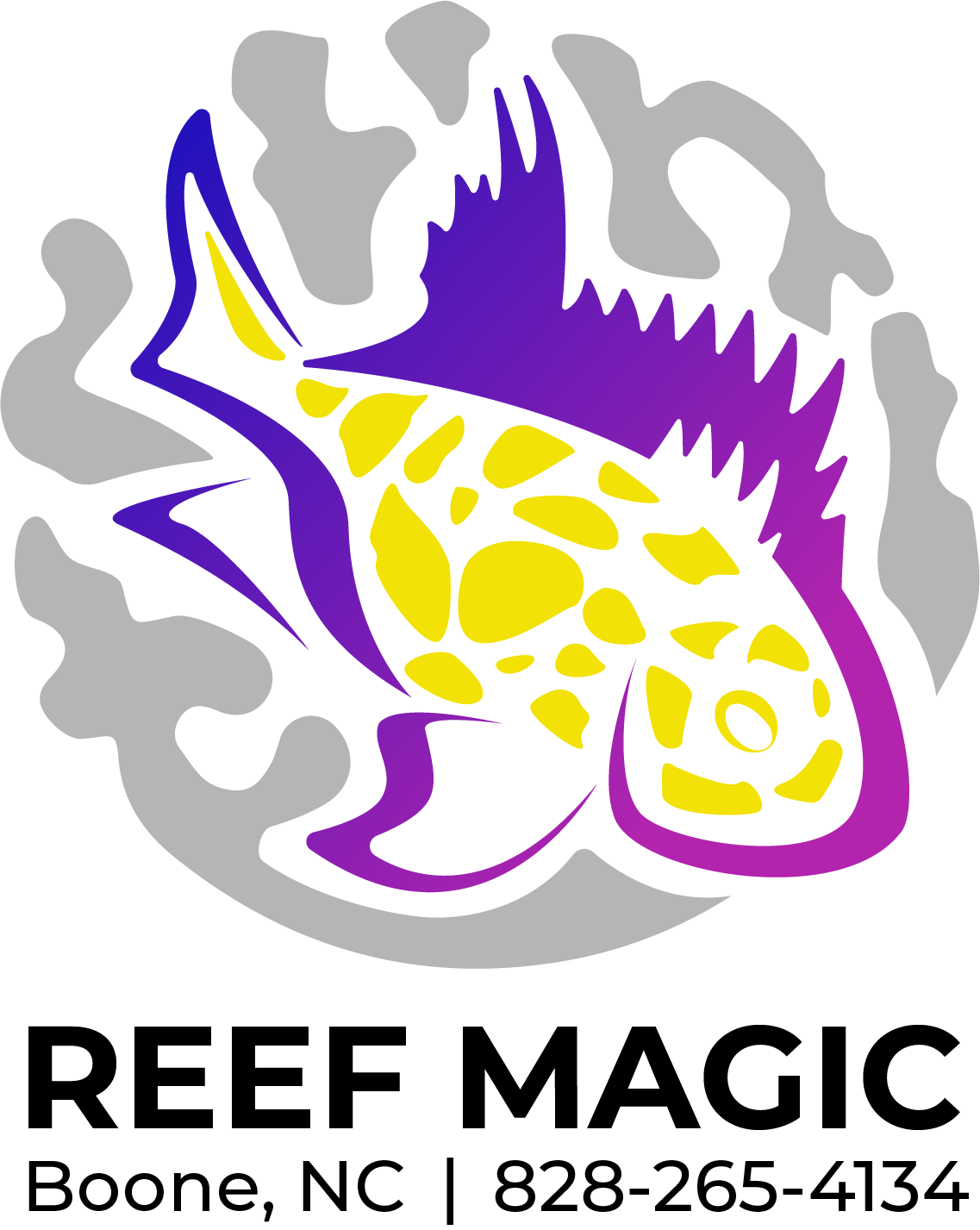 Image 1 of 1
Image 1 of 1


Shark - Bala
The Bala Shark, scientifically known as Balantiocheilos melanopterus, is a popular and active fish species often seen in freshwater aquariums. Here's some information about the care of Bala Sharks:
Species: Balantiocheilos melanopterus (Bala Shark)
Tank Requirements:
Tank Size: Provide a spacious tank with a minimum capacity of 125 gallons for a small group of Bala Sharks. They can grow quite large, reaching up to 14-16 inches in length, so a larger tank is necessary to accommodate their size.
Water Temperature: Maintain a temperature between 75-82°F (24-28°C).
Water Parameters: Aim for a pH level of 6.5-7.5 and a hardness of 5-12 dGH.
Filtration: Install a powerful filtration system to maintain water quality and provide strong water movement.
Substrate and Decor: Use a substrate of sand or small gravel. Bala Sharks appreciate ample swimming space, so provide open areas in the middle and upper levels of the tank. Use plants, rocks, and driftwood to create hiding spots and mimic their natural environment.
Feeding:
Diet: Bala Sharks are omnivorous, but they tend to be primarily herbivorous as they mature. Offer them a varied diet that includes high-quality flake or pellet foods designed for herbivorous fish. Supplement their diet with vegetable matter like spirulina flakes or blanched vegetables. Occasional treats of live or frozen foods such as bloodworms, brine shrimp, or small insects can be offered.
Feeding Frequency: Feed Bala Sharks once or twice a day, providing an amount they can consume within a few minutes. Monitor their feeding behavior to avoid overfeeding.
Tankmates:
Compatibility: Bala Sharks are generally peaceful and can be kept with other large, peaceful fish species.
Suitable Tankmates: Good tankmates include other large, active community fish such as larger tetras, barbs, gouramis, rainbowfish, or similar-sized peaceful species. Avoid keeping them with aggressive or fin-nipping fish.
Maintenance:
Water Changes: Perform regular partial water changes of 25-30% every 1-2 weeks to maintain water quality and remove accumulated toxins.
Water Testing: Regularly test water parameters, including ammonia, nitrite, nitrate, pH, and temperature, to ensure they remain within the appropriate range.
Cleaning: Routinely clean the tank by removing any excess waste, debris, and decaying plant matter. Clean the filter regularly to prevent clogging and ensure efficient water circulation.
Behavior and Health:
Behavior: Bala Sharks are active swimmers that occupy the middle and upper levels of the aquarium. They are known for their elegant and streamlined appearance, resembling miniature sharks.
Signs of Good Health: Look for active swimming, vibrant colors, intact fins, and a healthy appetite. Any signs of illness, such as lethargy, loss of appetite, abnormal behavior, or physical abnormalities, should be promptly addressed.
Remember to provide ample swimming space, monitor water parameters, offer a balanced diet, and select suitable tankmates to ensure the overall health and well-being of your Bala Sharks.
The Bala Shark, scientifically known as Balantiocheilos melanopterus, is a popular and active fish species often seen in freshwater aquariums. Here's some information about the care of Bala Sharks:
Species: Balantiocheilos melanopterus (Bala Shark)
Tank Requirements:
Tank Size: Provide a spacious tank with a minimum capacity of 125 gallons for a small group of Bala Sharks. They can grow quite large, reaching up to 14-16 inches in length, so a larger tank is necessary to accommodate their size.
Water Temperature: Maintain a temperature between 75-82°F (24-28°C).
Water Parameters: Aim for a pH level of 6.5-7.5 and a hardness of 5-12 dGH.
Filtration: Install a powerful filtration system to maintain water quality and provide strong water movement.
Substrate and Decor: Use a substrate of sand or small gravel. Bala Sharks appreciate ample swimming space, so provide open areas in the middle and upper levels of the tank. Use plants, rocks, and driftwood to create hiding spots and mimic their natural environment.
Feeding:
Diet: Bala Sharks are omnivorous, but they tend to be primarily herbivorous as they mature. Offer them a varied diet that includes high-quality flake or pellet foods designed for herbivorous fish. Supplement their diet with vegetable matter like spirulina flakes or blanched vegetables. Occasional treats of live or frozen foods such as bloodworms, brine shrimp, or small insects can be offered.
Feeding Frequency: Feed Bala Sharks once or twice a day, providing an amount they can consume within a few minutes. Monitor their feeding behavior to avoid overfeeding.
Tankmates:
Compatibility: Bala Sharks are generally peaceful and can be kept with other large, peaceful fish species.
Suitable Tankmates: Good tankmates include other large, active community fish such as larger tetras, barbs, gouramis, rainbowfish, or similar-sized peaceful species. Avoid keeping them with aggressive or fin-nipping fish.
Maintenance:
Water Changes: Perform regular partial water changes of 25-30% every 1-2 weeks to maintain water quality and remove accumulated toxins.
Water Testing: Regularly test water parameters, including ammonia, nitrite, nitrate, pH, and temperature, to ensure they remain within the appropriate range.
Cleaning: Routinely clean the tank by removing any excess waste, debris, and decaying plant matter. Clean the filter regularly to prevent clogging and ensure efficient water circulation.
Behavior and Health:
Behavior: Bala Sharks are active swimmers that occupy the middle and upper levels of the aquarium. They are known for their elegant and streamlined appearance, resembling miniature sharks.
Signs of Good Health: Look for active swimming, vibrant colors, intact fins, and a healthy appetite. Any signs of illness, such as lethargy, loss of appetite, abnormal behavior, or physical abnormalities, should be promptly addressed.
Remember to provide ample swimming space, monitor water parameters, offer a balanced diet, and select suitable tankmates to ensure the overall health and well-being of your Bala Sharks.



